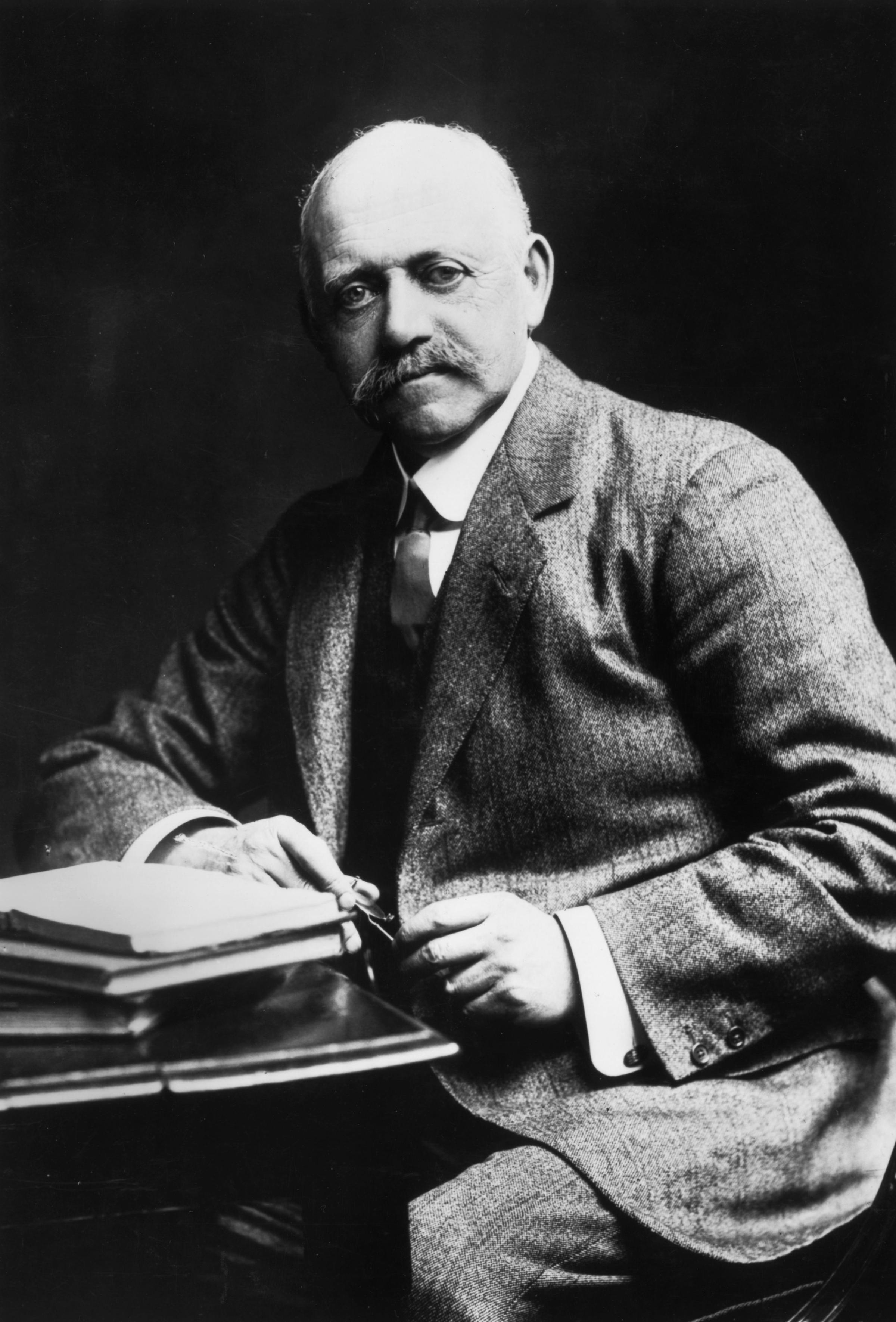Now that it’s time for Daylight Saving Time, most Americans, Europeans and others around the world will observe the annual shift, switching the clock forward one hour when it strikes 2 a.m. Spring Daylight Saving Time will add an extra hour of daylight at the end of the day.
Though many people think the custom helps farmers or saves energy, it’s really an economic measure, Michael Downing, author of Spring Forward: The Annual Madness of Daylight Saving Time, tells TIME.
Contrary to another popular opinion, Daylight Saving Time is not federally mandated. States have the right to exempt themselves. Hawaii, most of Arizona and some American territories do not change their clocks, according to the Department of Transportation (DOT), which oversees Daylight Saving in the U.S.
When did daylight saving time start in the United States?
Naturally, the tradition is riddled with confusion. Colloquially referred to as “daylight savings time,” the custom only began within the last century. And, even with its recent origins, there’s still plenty to learn about Daylight Saving Time.
So why does Daylight Saving Time begin at 2 a.m.? We looked to the experts — and, in fact, there’s a simple reason why.
When is Daylight Saving Time 2020?
For the U.S., Daylight Saving Time 2020 starts on Sunday, March 8, at 2 a.m. As the mnemonic, “fall back, spring ahead,” says, we turn the clock to an hour later this Sunday for spring Daylight Saving Time. The fall date is Nov. 1, when we will take that hour off again. For fall Daylight Saving Time, we’ll gain an extra hour of sleep. But, for now, technically speaking, we lose an hour.
Why do we have Daylight Saving Time?

Despite what some believe, it’s not because farmers wanted more light in the fields. (Farmers actually opposed the proposition throughout the 20th century.)
So, along with the promotion of Daylight Saving Time, farmers had nothing to do with 2 a.m. decision. “Like every other fact people think they have about daylight saving, it turns out it is entirely inverted,” Downing says.
The measure was first introduced in 1918, to save energy during World War I, following Britain and Germany. A British architect named William Willett had been the one to truly popularize and promote the custom, according to Downing, though Benjamin Franklin had come up with a similar idea in loose terms in the 18th century.
Still, it was repealed the following year, thanks to the “vociferous” complaints of the farm lobby, Downing says.
Despite reintroductions during World War II for the same energy-conservation purposes, it didn’t become law until 1966, when Congress passed the Uniform Time Act, which also established standard time zones across the U.S. The most prominent lobbyist group for Daylight Saving Time was actually the Chamber of Commerce, Downing says.
Why would the Chamber of Commerce care about the clocks? They lobbied, for the most part, on behalf of the department stores who were really the “economic force” in metropolitan areas, specifically in big cities like New York, Downing says. “They had understood that if you gave workers more daylight at the end of the day when they were leaving work, they would stop and shop on the way home,” he explains. “It has turned out to be an incredible retail boom.”
Beyond the retail boom, this also gave New York and London an extra working hour when they could trade stocks. Between the stocks and the department stores, Downing says New York City fell in love with Daylight Saving Time, and even passed its own metropolitan form of the law in 1920.
Naturally, before the country adopted the policy legislatively, there was a great deal of confusion. Considering this was pre-internet, people really had a hard time keeping track of what time it would be where. “It just made everyone nuts,” Downing says. “I mean, the confusion was really profound.”
But the U.S. still follows the same Uniform Time Act passed in 1965, under the notion that this changing of the clocks conserves energy for the nation. Though 21st century research has shown that this may not be the case, the DOT’s website says Daylight Saving Time saves energy because “the need to use electricity for household lighting and appliances is reduced.”
Why does Daylight Saving Time start at 2 a.m.?

The reason Daylight Saving Time starts at 2 a.m., rather than midnight, is all thanks to the railroads: Amtrak, specifically. When the country first experimented with Daylight Saving Time in 1918 during World War I, there were actually no trains that left New York City at 2 a.m. on a Sunday. “Sunday morning at 2 a.m. was when they would interrupt the least amount of train travel around the country,” Downing says.
There were even fewer freight trains in the early 20th century than there are today, so it made the most sense — changing the clocks at 2 a.m. would not be disruptive. “And that was the sole reason we do it at that crazy time,” Downing explains.
The railroad industry had already played an important role in timekeeping in the U.S., as North American railroads collectively adopted a Standard Railway Time in 1883, operating and dealing with time independently of Congress.
Regardless of your opinion on Daylight Saving Time’s importance in the modern day, we’ll keep the clocks forward until Daylight Saving Time ends on Sunday, Nov. 1.
More Must-Reads from TIME
- Cybersecurity Experts Are Sounding the Alarm on DOGE
- Meet the 2025 Women of the Year
- The Harsh Truth About Disability Inclusion
- Why Do More Young Adults Have Cancer?
- Colman Domingo Leads With Radical Love
- How to Get Better at Doing Things Alone
- Michelle Zauner Stares Down the Darkness
Write to Rachel E. Greenspan at rachel.greenspan@time.com